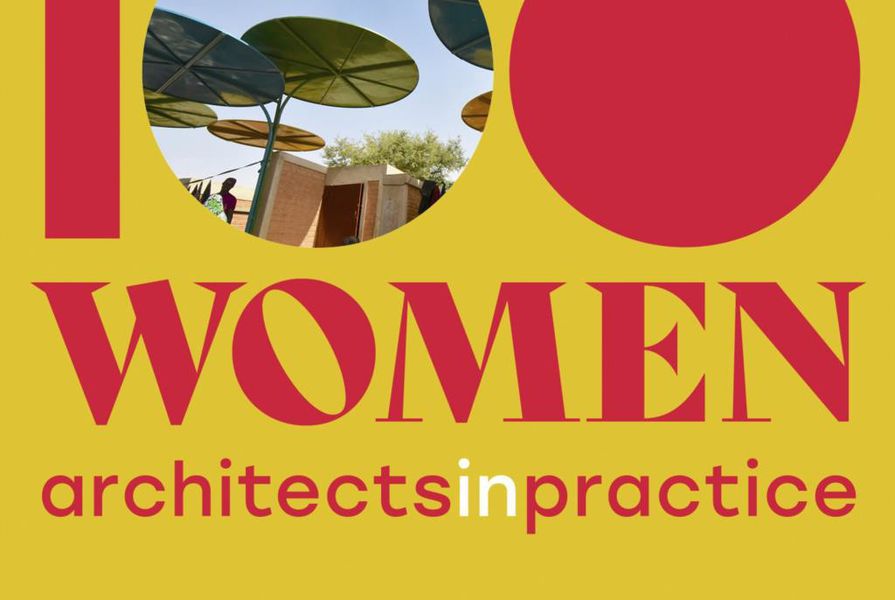The authors of 100 Women: Architects in Practice (RIBA Publishing, 2023) describe their book as a “coffee table trojan horse.” It’s marketed as a “flagship reference and inspirational collection” of exceptional women from 79 countries who should be household names.
“It is a snapshot of innovative architectural practice from across the globe at this point in time and includes a great many women architects who are missing from architecture’s authoritative list of key figures, its design studios and history seminars, the construction industry press and its architectural awards systems,” authors Harriet Harriss, Naomi House, Monika Parrinder and Tom Ravenscroft write.
The book profiles notable architects including Pritzker Prize laureates Yvonne Farrell and Shelley McNamara, Jane Drew Prize-winner Yasmeen Lari, and Australian Gold Medallist Kerstin Thompson, as well as under-recognised “women from countries and regions where most of us can’t name a male architect either.”
As a global survey of women architects, the book is commendable in its awareness of, and attempt to address, the unconscious bias towards an Anglo/Eurocentric point of view. But at the same time, it misses the mark.
The authors selected the 100 women architects by dividing the globe into five continental regions, with around 20 architects from each region. At first glance, this approach makes sense – architecture is a contextual craft – and it puts architects in low- and middle-income countries on an equal footing with those from regions that dominate the global discourse.
However, this methodology ignores population distribution, with Asia treated the same as Europe, despite a six-fold difference in population. So, for example, there is only one architect included from Indonesia – a country with the fourth-largest population in the world, and hundreds of local language groups. Simultaneously, because of its relatively small population, Oceania is treated as a sub-region, with only five architects featured (representing Australia, New Zealand and Fiji). As a result, and despite the book’s expressed emphasis – the “trojan,” if you like – on decolonisation rather than diversity, and its focus on the so-called “Global South,” the result feels somewhat Eurocentric.
“Diversification often assumes that sprinkling a few mistresses into the canon of architecture’s majority of masters is sufficient – a kind of sanitisation rinse on its biased infrastructure,” the authors write. “Decolonisation, on the other hand, contests the design of the canon by transforming the selection metrics and mechanisms beyond the major commission and the monograph, to include ‘other’ kinds of spatial practices and ways of working.”
Arguably, 100 Women is more a refreshing take on a survey of women architects in its indirectly pairing of the practice of selected women architects around the world with “an overarching agenda of transformation and empowerment.” It foregrounds an approach to practice that is distinct from the mainstream, and underpinned by care, advocacy, empathy, and a return to Indigenous modes of thinking, highlighting the contrast with the colonial (extractive) modes of thinking that have prevailed in modern architectural practice.
“This offers an alternative role and responsibility for the architect – as carers of a broken planet […] re-envisioning how architecture relates to people and land with approaches that are reality-based, authentically democratic and, at their most radical, supportive of systemic change.
“With many women stepping into high profile roles, they are showing the value of architecture to those who have been hitherto excluded, where trust has been broken, and where profit seeking has prioritised developers over architects.”
In the wake of the 2023 Venice Architecture Biennale and its focus on decolonisation and decarbonisation, this re-envisioning of the responsibilities of architects and architecture is on point with the discourse of reversing the destruction architecture has been complicit in. The real value of this book is the 100 individual ways women architects are contributing to meaningful change in the built and social environments.
















